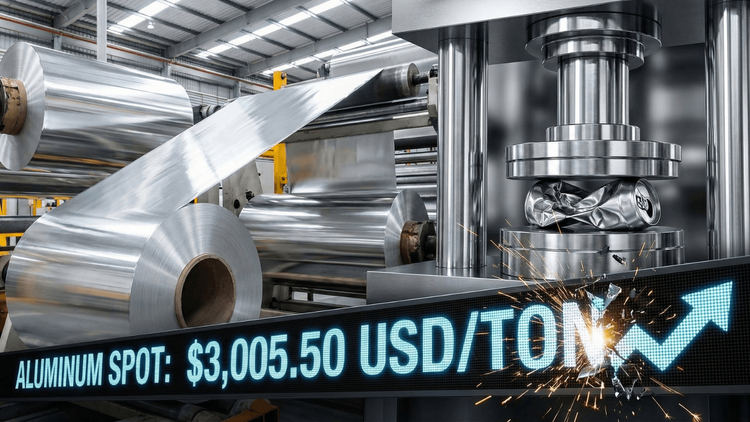U.S. Commits $1B to Rebuild Critical Materials Independence
A billion-dollar push to reclaim America’s mineral independence and lead the global critical materials race.

The U.S. Department of Energy has drawn a line in the sand. With a nearly $1 billion commitment to boost domestic mining, processing, and manufacturing of critical minerals, the agency is moving to end America’s deep dependence on foreign supply chains. This is not just an investment in technology; it is a strategic play to secure national security, energy independence, and industrial competitiveness for decades to come.
For too long, the United States has relied on overseas suppliers for materials vital to modern life, from rare earth elements powering defense systems to lithium in electric vehicle batteries. Secretary of Energy Chris Wright made it clear that this era of dependence is over, framing the initiative as a direct response to President Trump’s Executive Order Unleashing American Energy. The goal is to reshore the processing and production of these indispensable resources and put America back in control of its own energy future.
Four Funding Pillars to Transform the Supply Chain
The Department’s plan is anchored by four major funding opportunities that target every link of the critical minerals value chain. First is the Critical Minerals and Materials Accelerator, with up to $50 million to fast-track commercial technologies. This includes refining rare earth magnets, developing gallium and silicon carbide for semiconductors, and pushing cost-competitive direct lithium extraction methods into the market.
Second, the Mines & Metals Capacity Expansion program will inject $250 million into piloting the recovery of valuable mineral byproducts from domestic industrial operations. From coal-based industries to manufacturing plants, the aim is to turn waste into a resource stream and scale these solutions to commercial levels.
Third is the Rare Earth Elements Demonstration Facility, backed by up to $135 million to prove the viability of refining and recovering rare earths from mine tailings and waste materials on American soil. This initiative requires academic partnerships and a 50 percent cost-share, ensuring private sector skin in the game.
Finally, the largest tranche — up to $500 million — will go to the Battery Materials Processing and Recycling Program, expanding the U.S. capability to process lithium, nickel, copper, aluminum, graphite, and even rare earths found in spent batteries. This is about closing the loop, securing the front end of supply while building the recycling infrastructure to keep valuable minerals in circulation.
While mining is a cornerstone, the DOE is looking far beyond the pit. The ARPA-E RECOVER Program, with $40 million in funding, is taking aim at critical minerals hiding in plain sight — industrial wastewater. This program is designed to harvest valuable metals from what is currently discarded, creating a new, sustainable source of materials that complements traditional extraction.






